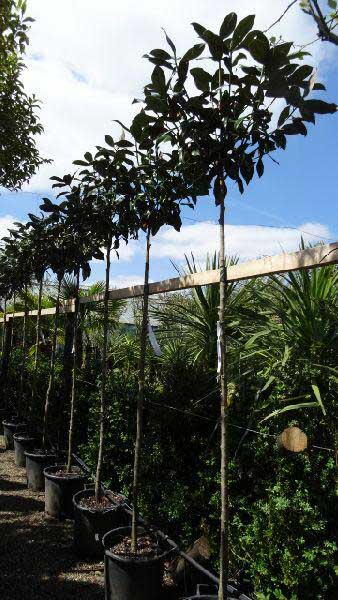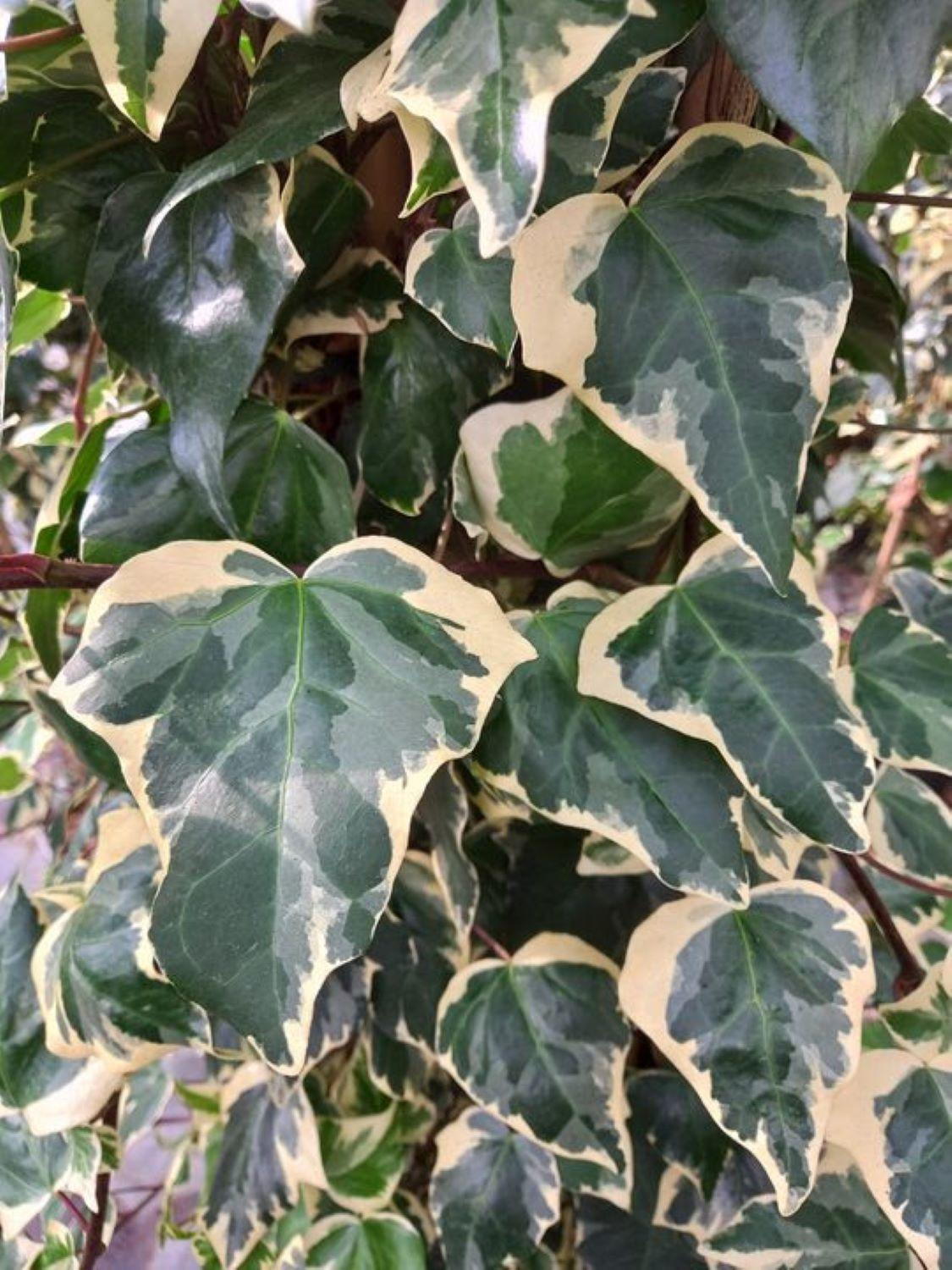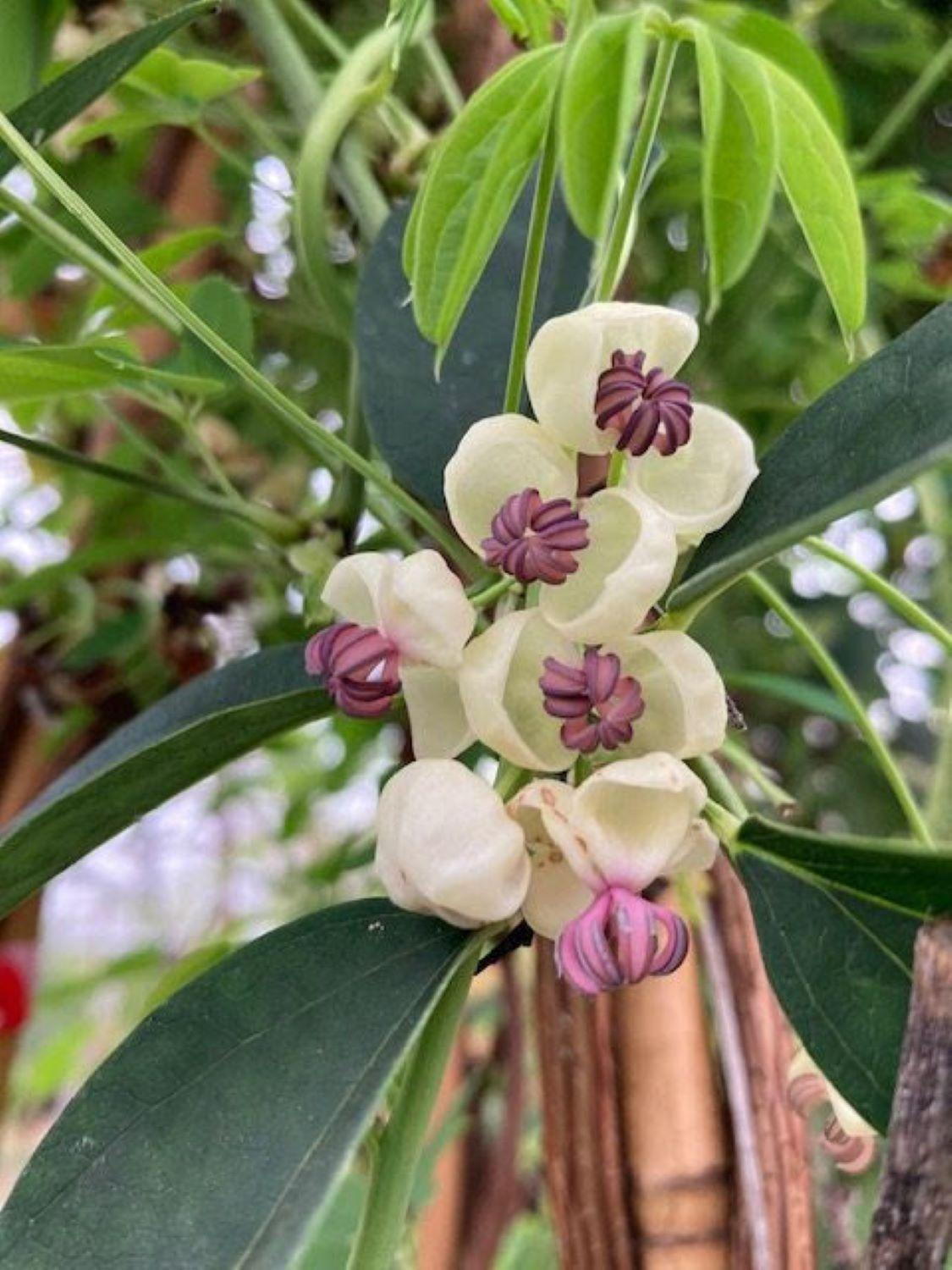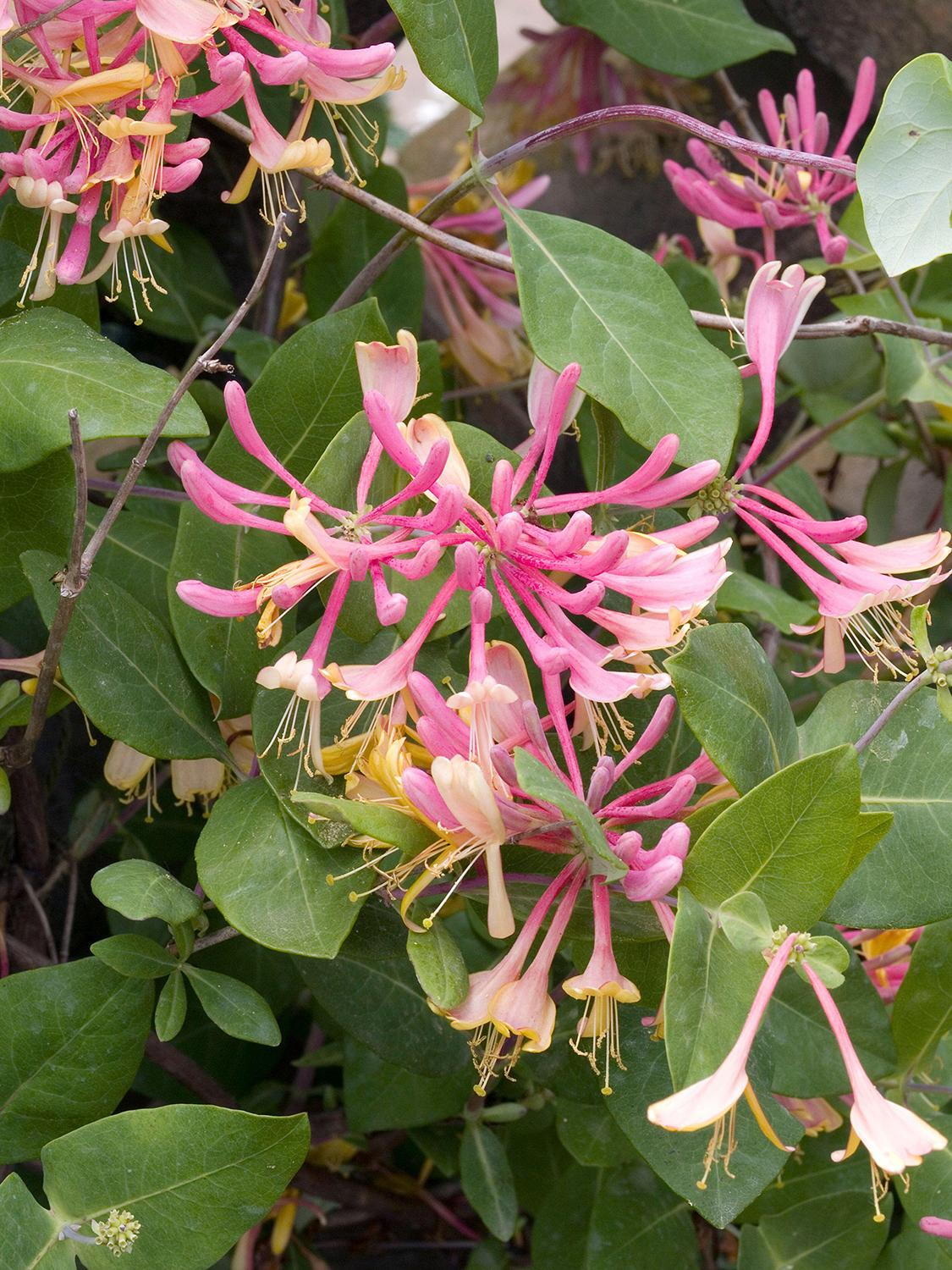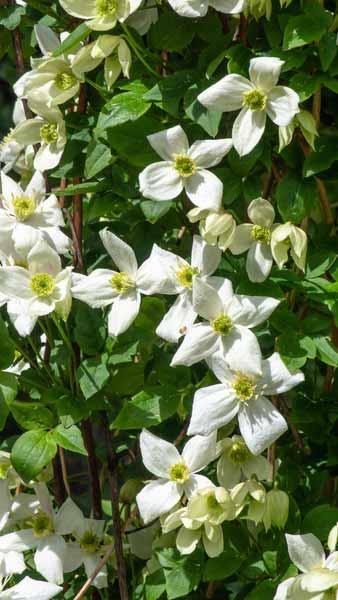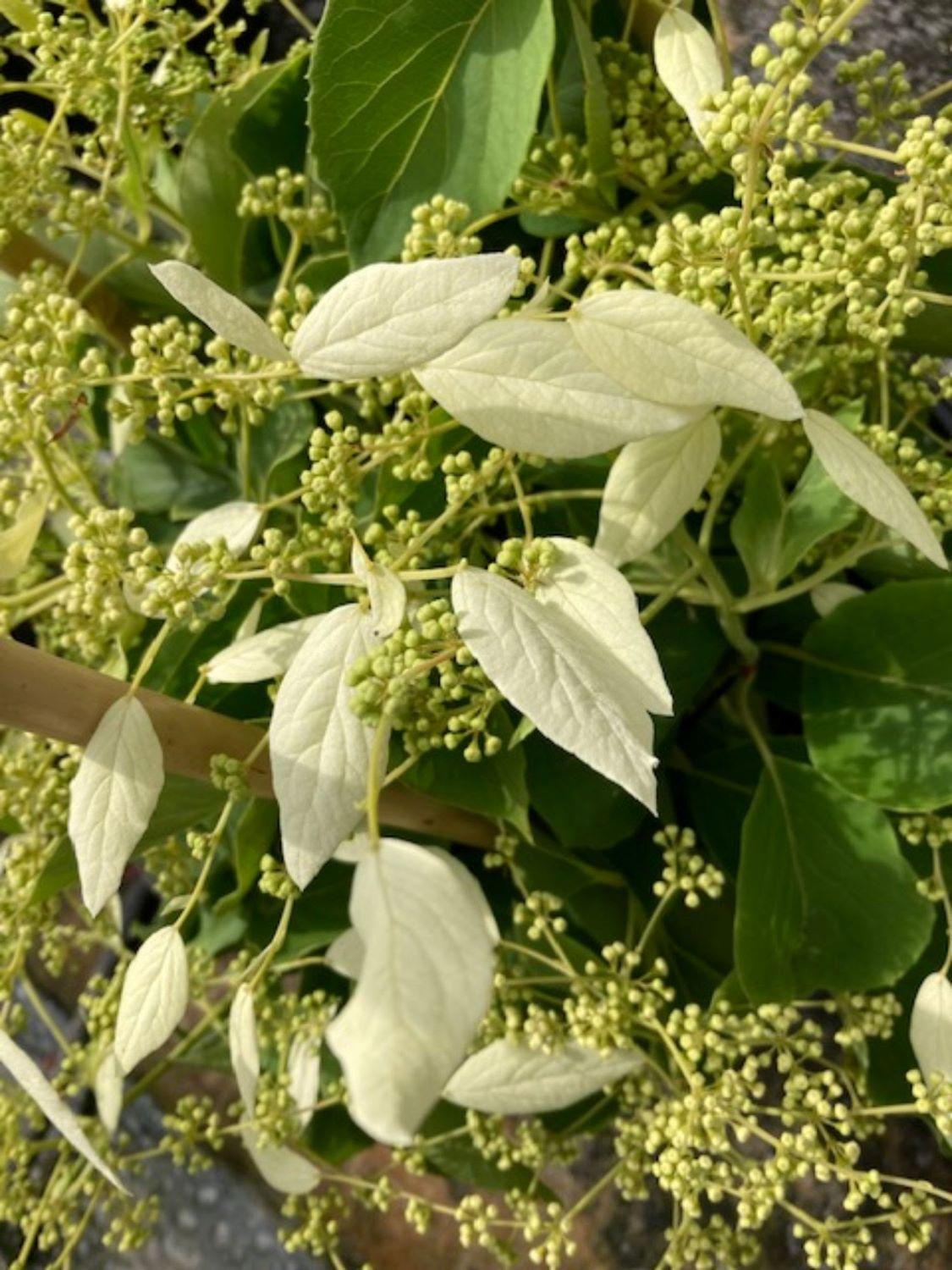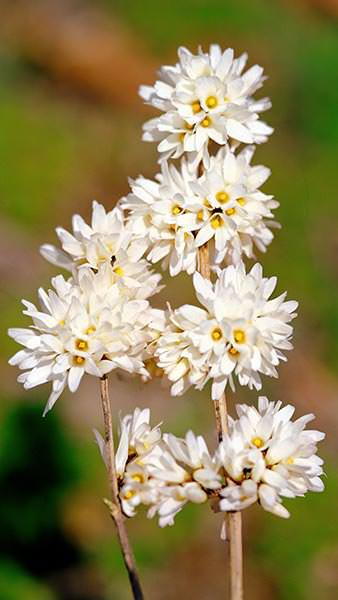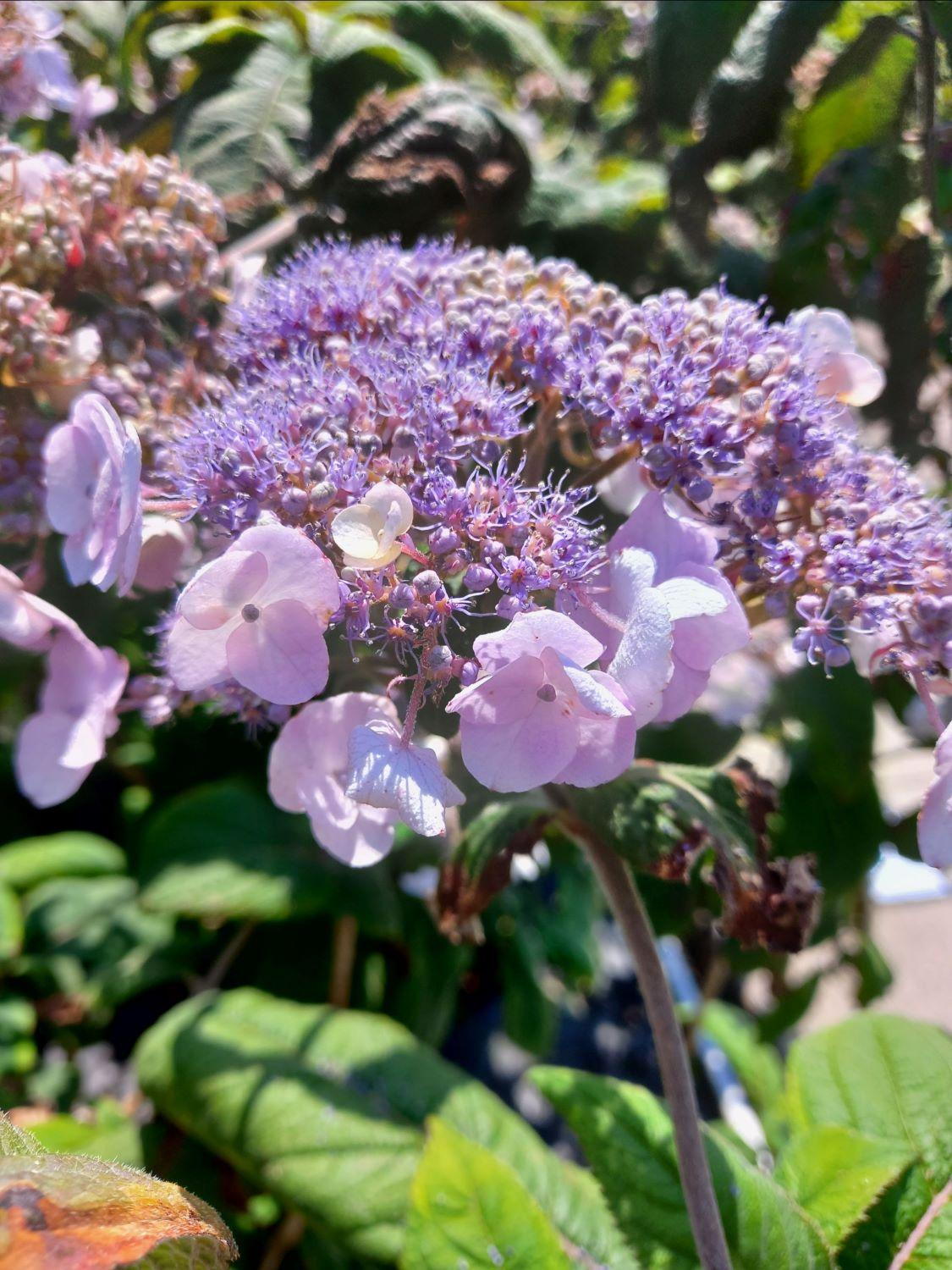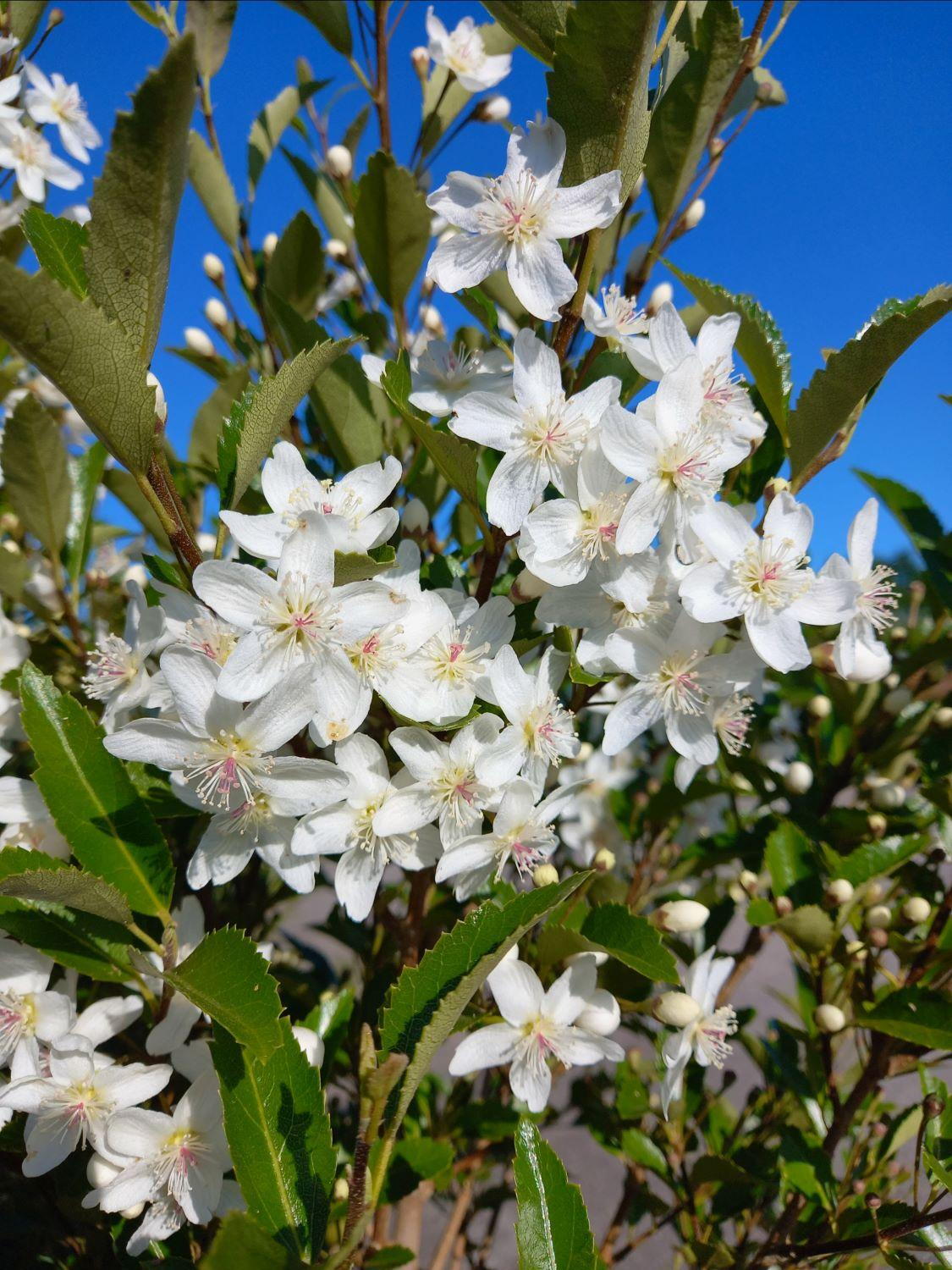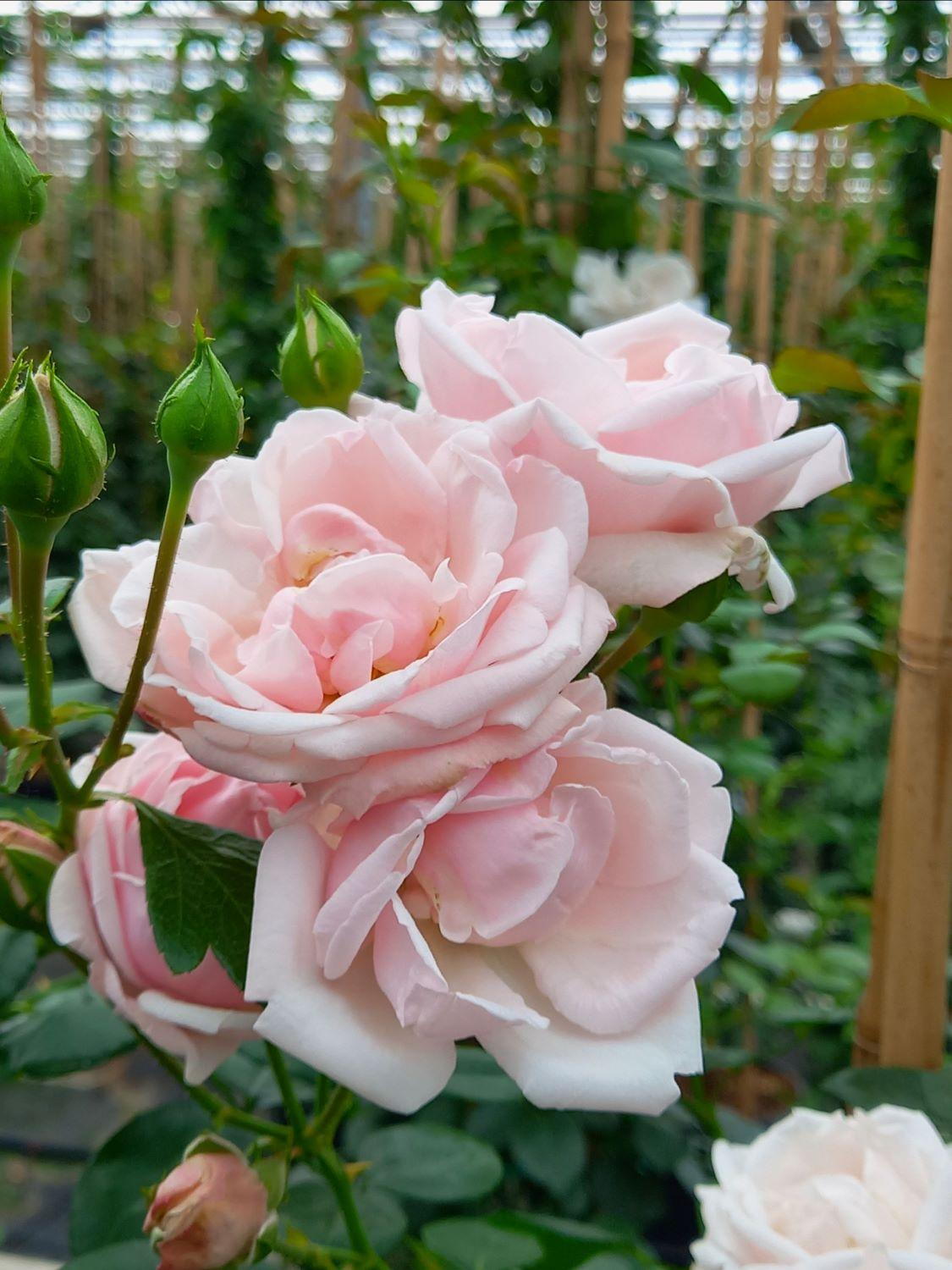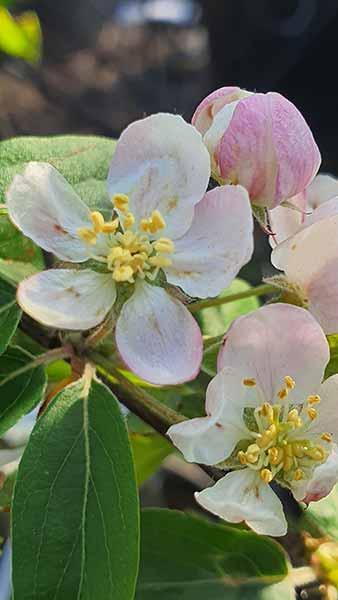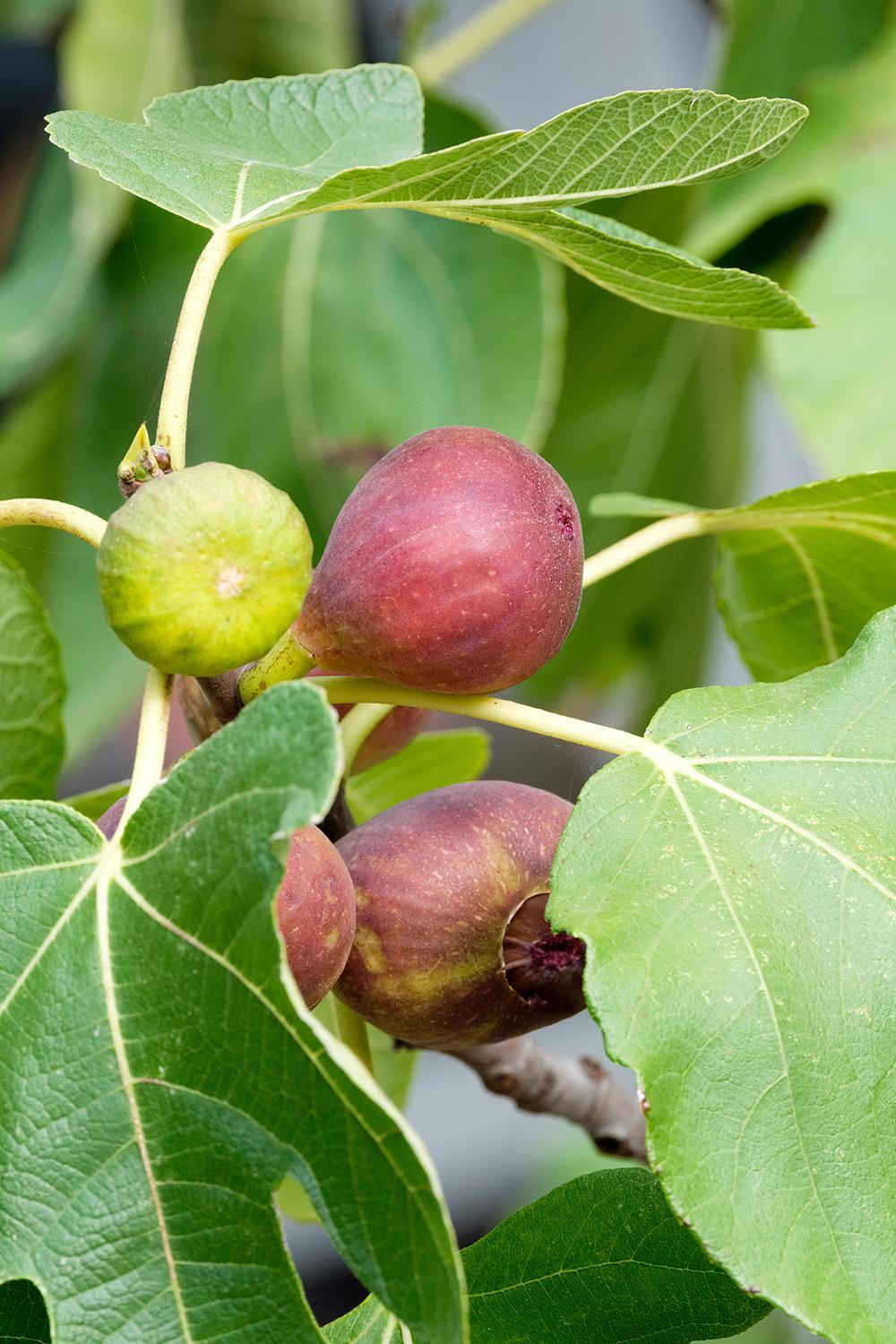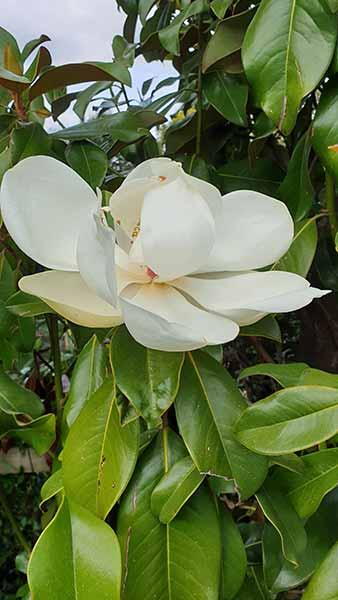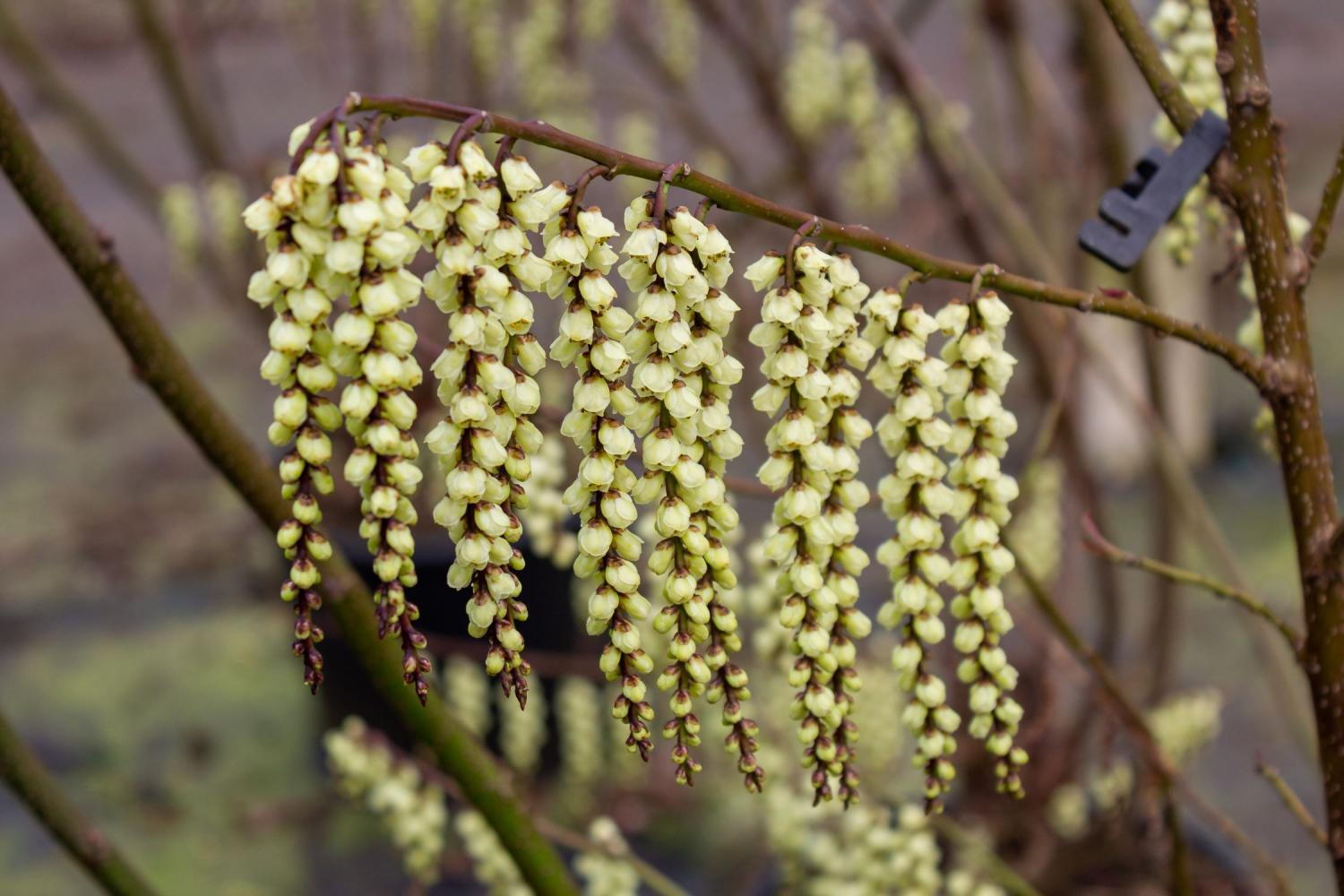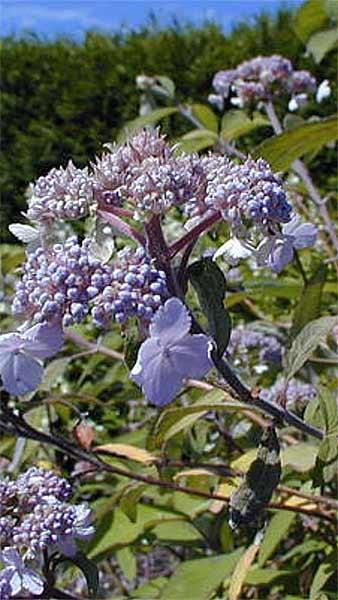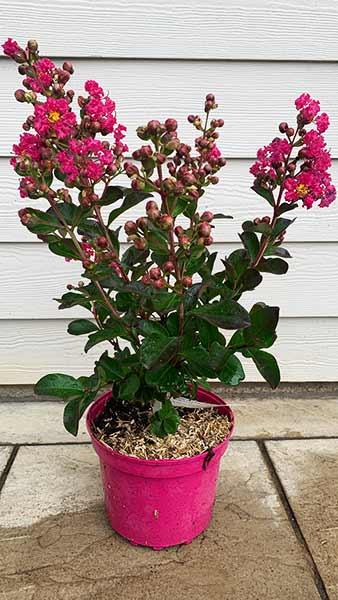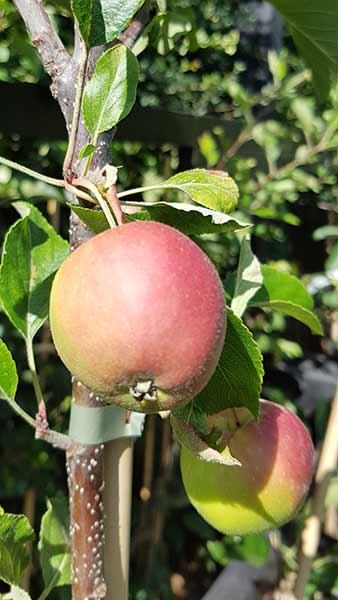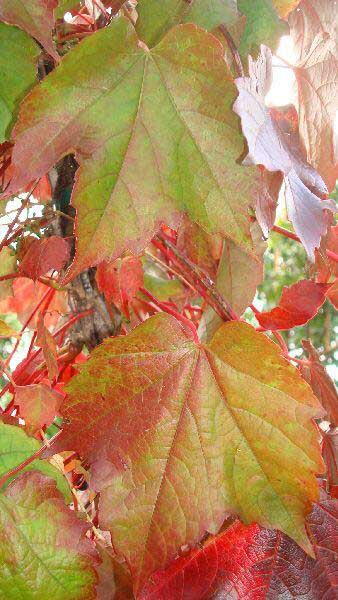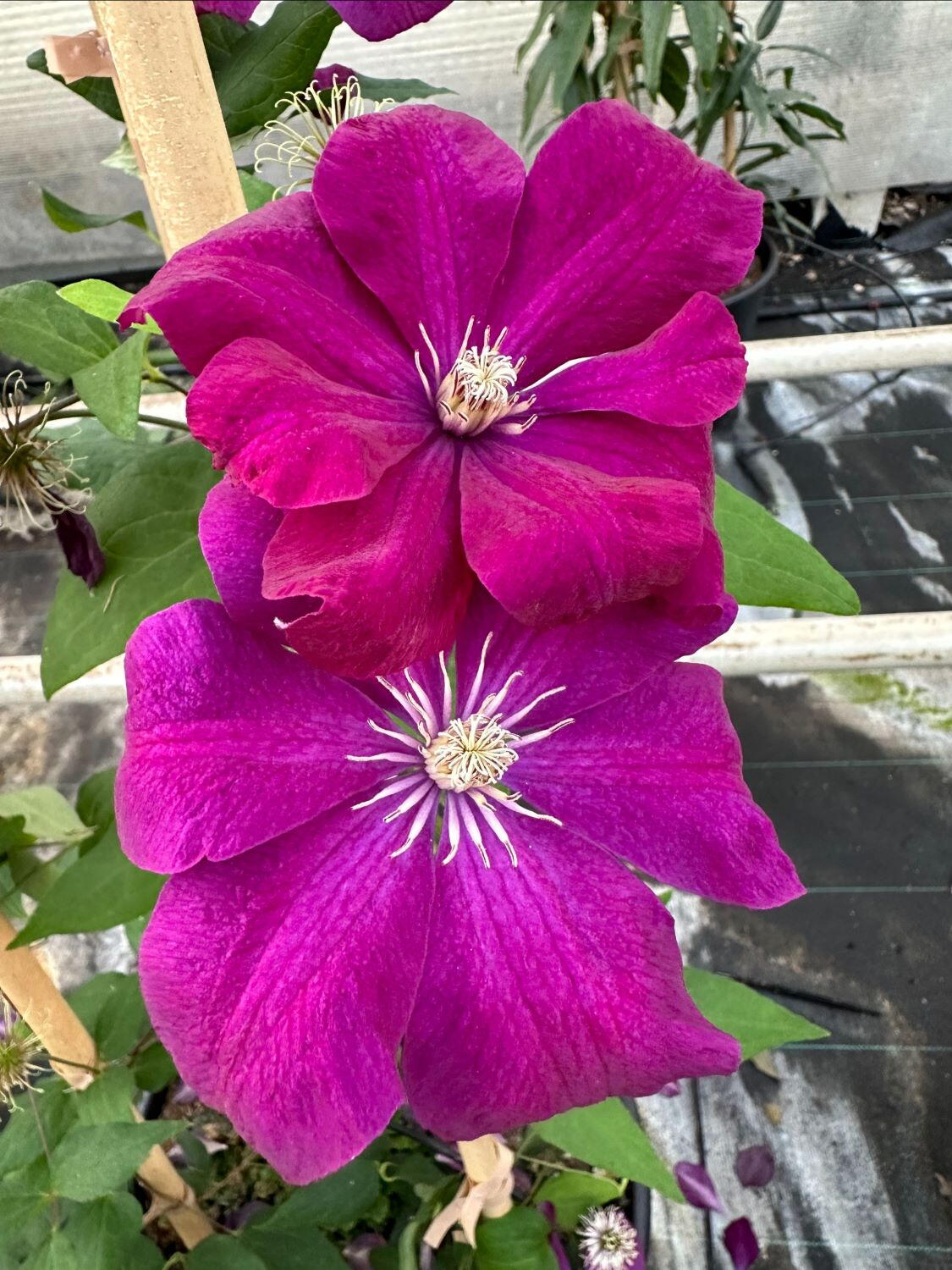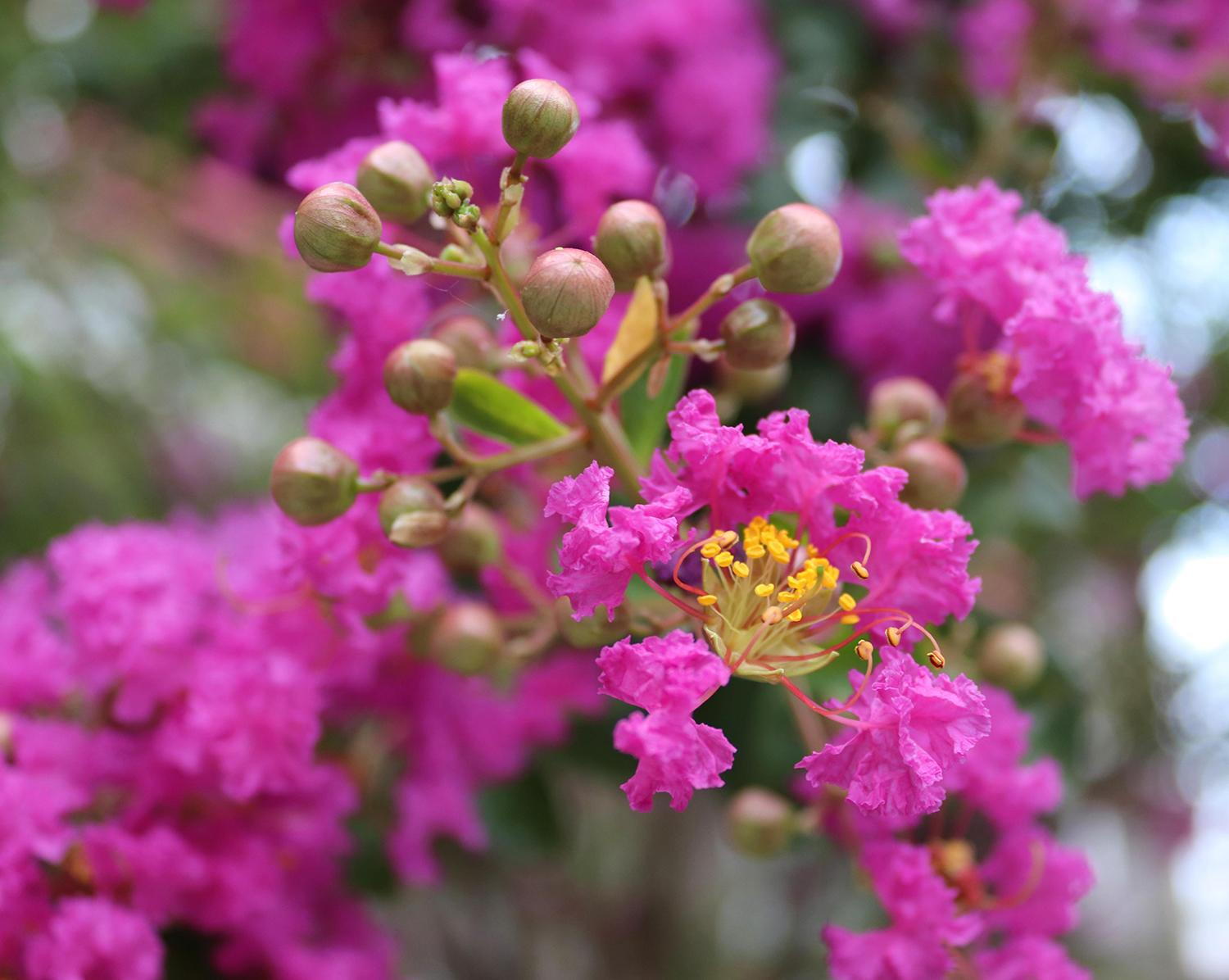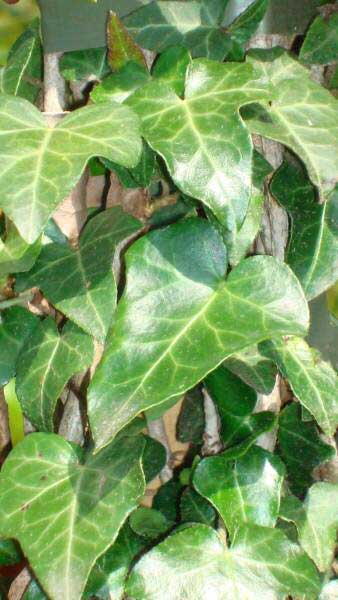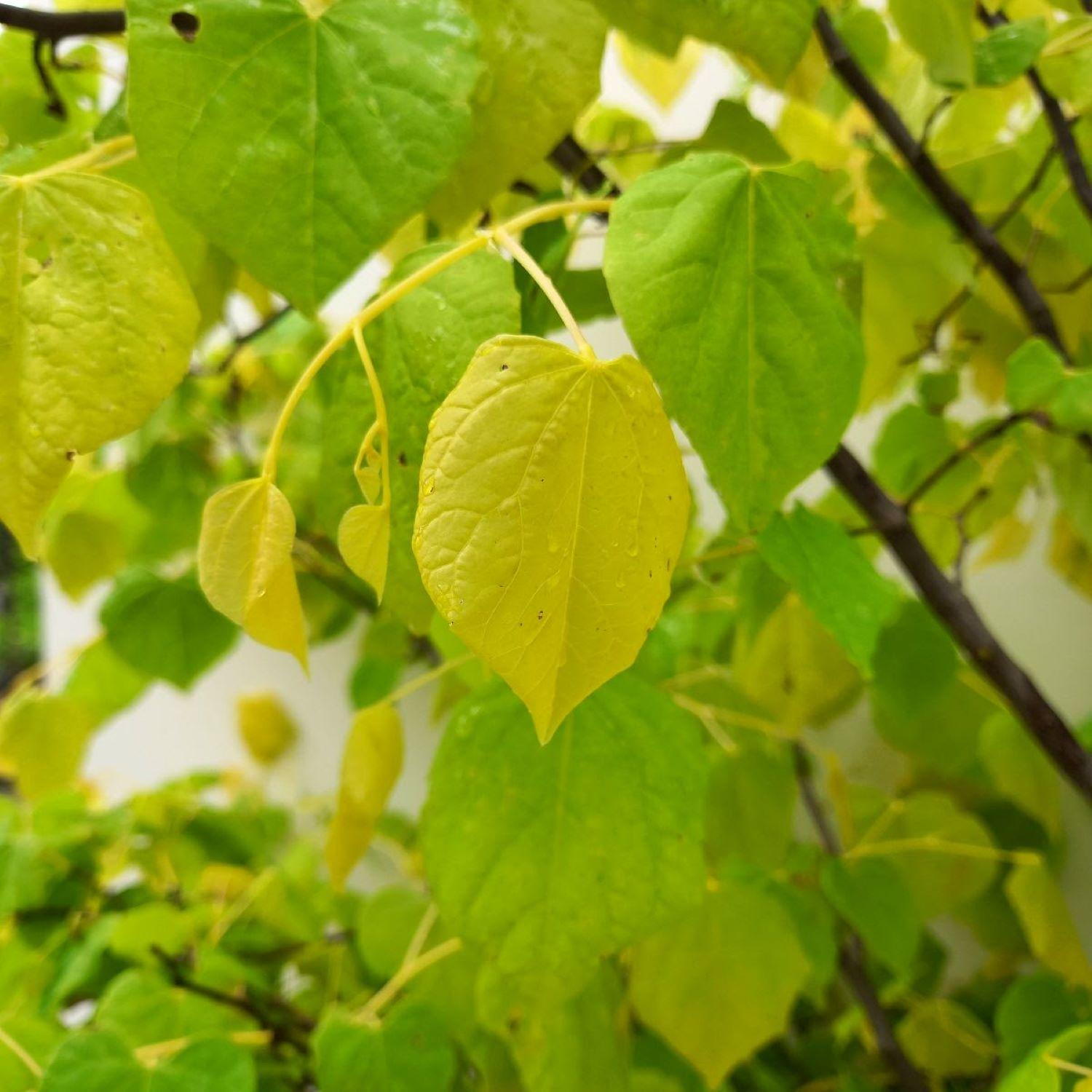Hedera Gloire De Marengo Ivy. Variegated Ivy for Sale Online
Hedera Gloire De Marengo is a stunning ivy climbing plant with large mid green and cream coloured variegation on the leaves. Also known as the canary island ivy it is nevertheless hardy and vigourous and makes an ideal climber over a fence or wall etc. This Variegated Climbing Ivy will grow in any position and is not fussy about soil types. Award of Garden Merit recipient by the Royal Horticultural Society, a sure sign that it will perform well in most gardens.These sizable plants are 6 to 8 feet tall, on a bamboo cane and come in a 10L pot.Gloire de Marengo Characteristics: This plant is fast growing, climbs virtually anything, will grow well in any aspect and can also be used as a ground cover. If you need to create a ‘green wall’ to disguise or beautify a fence, wall or even a building, Hedera Gloire de Marengo shoots (indeed ivy in general) produce arial roots that grip the surface, meaning it will climb even on smooth vertical walls. Another advantage is that Hedera Gloire de Marengo is evergreen, thereby giving all-year-round privacy. With large leaves and a stunning grey green foliage edged with a lovely cream, Gloire de Marengo grows well in shade or in sun. Gloire de Marengo is sometimes referred to Canary Island Ivy or variegated Algerian Ivy.More Information on this climber:Also known as the Variegated Climbing Ivy, this runner is of the Family Araliaceae and the Genus Hedera which are classified as evergreen shrubs which climb by clinging to whatever they can via their aerial roots. They are known for smallish clusters of yellow-green flowers and black berries. Hedera Gloire de Marengo is a varietal form which is a large climber, with ovate or triangle shaped leaves which have a mid green colour and a creamy white variegation along the edges.A native of the Canary Islands, Portugal and Northern Africa, its name Gloire de Marengo is tied to the name of a city in northern Italy. Prior to that, it was named 'Variegata'. Considered hardy to zone H5 in the UK and Ireland, Hedera Gloire De Marengo prefers full sun to partial shade, making this climber a good choice for most any location in the landscape. From most to least desireable, place this climber with a South, West, North, or East-facing aspect, regardless of whether it is sheltered or exposed, just avoid exposure to extremely dry, cold winds. The unique colouration will do best in full sun, so you may want to avoid fully shaded areas. Their habit make them an excellent choice for covering a wall, a trellis, or perhaps a sunny bank which doesn’t receive too much of a cold, dry, wind.Adaptable to most any soil texture combination, provide it a moist soil that drains well, with near neutral or slightly alkaline soils, although it has good tolerance to slightly acidic soils as well. Good humus content is also a plus.Variegated Climbing Ivy takes approximately 5-10 years to reach ultimate growth. It can grow to a height between 2.5-4.0 metres and a spread reaching the same, about 2.5-4.0 metres.This beautiful evergreen climber is best suited to climb up a trellis or wall, as part of a cottage, informal, city, or courtyard garden; as a border to some flowers or beds; and along banks and slopes with nice sunny exposures. We have many more climbers (including evergreen climbers).
